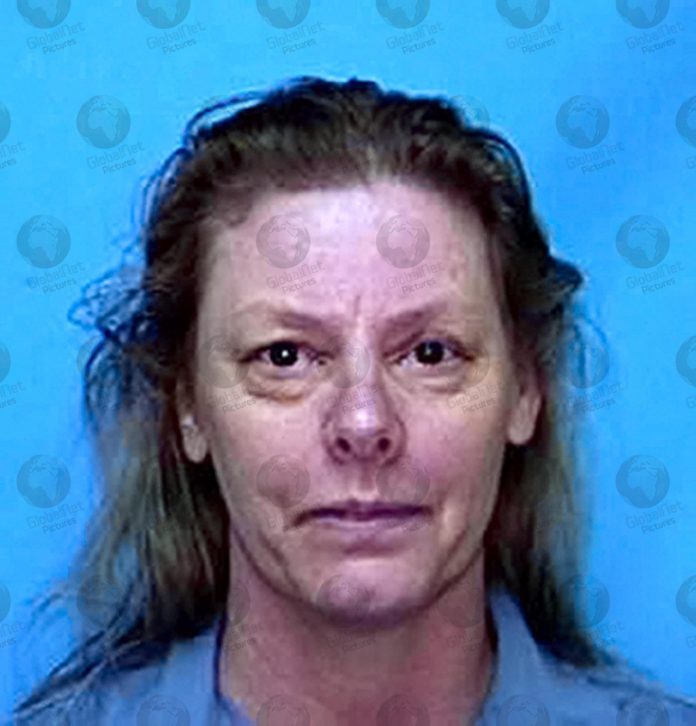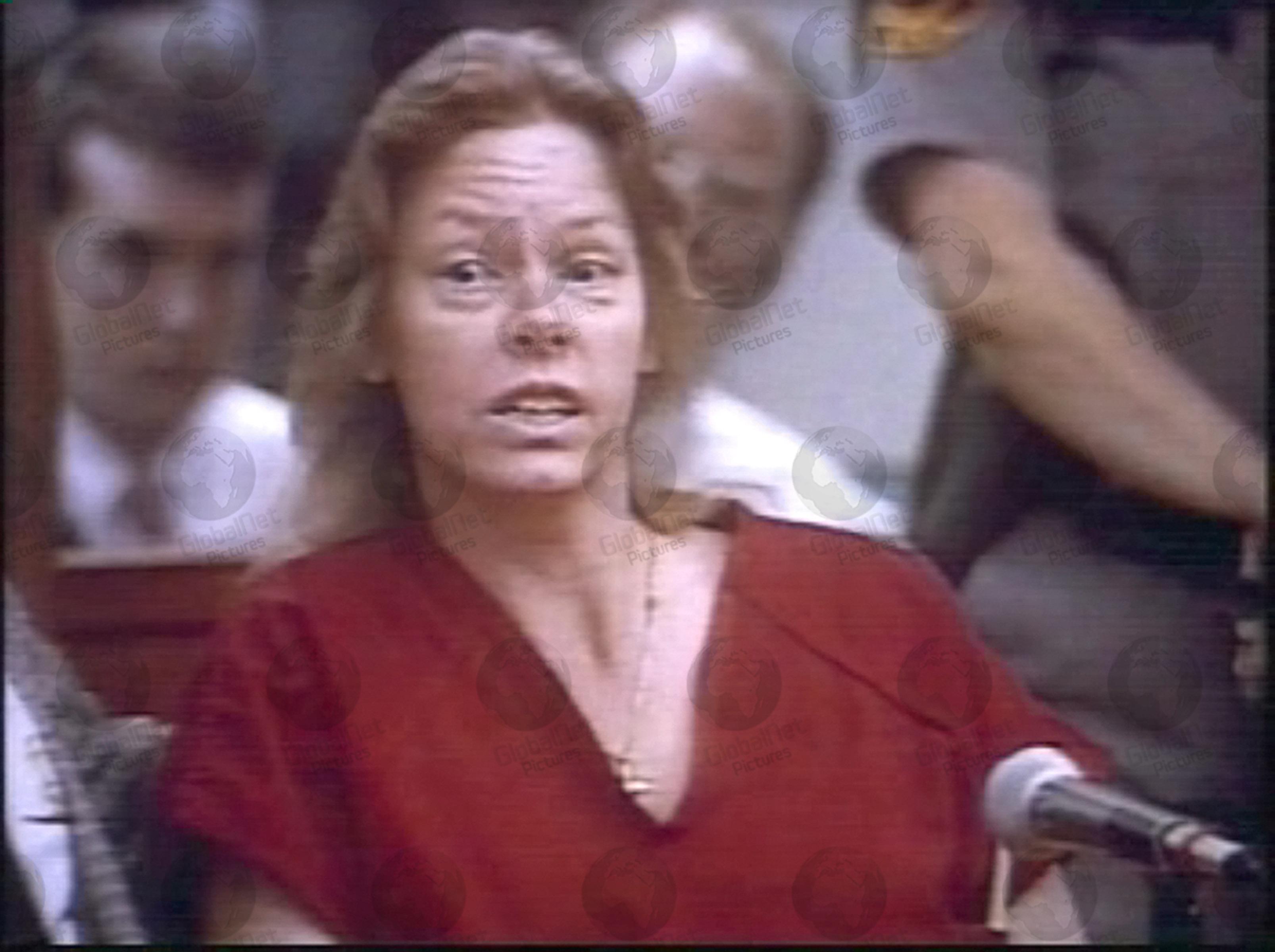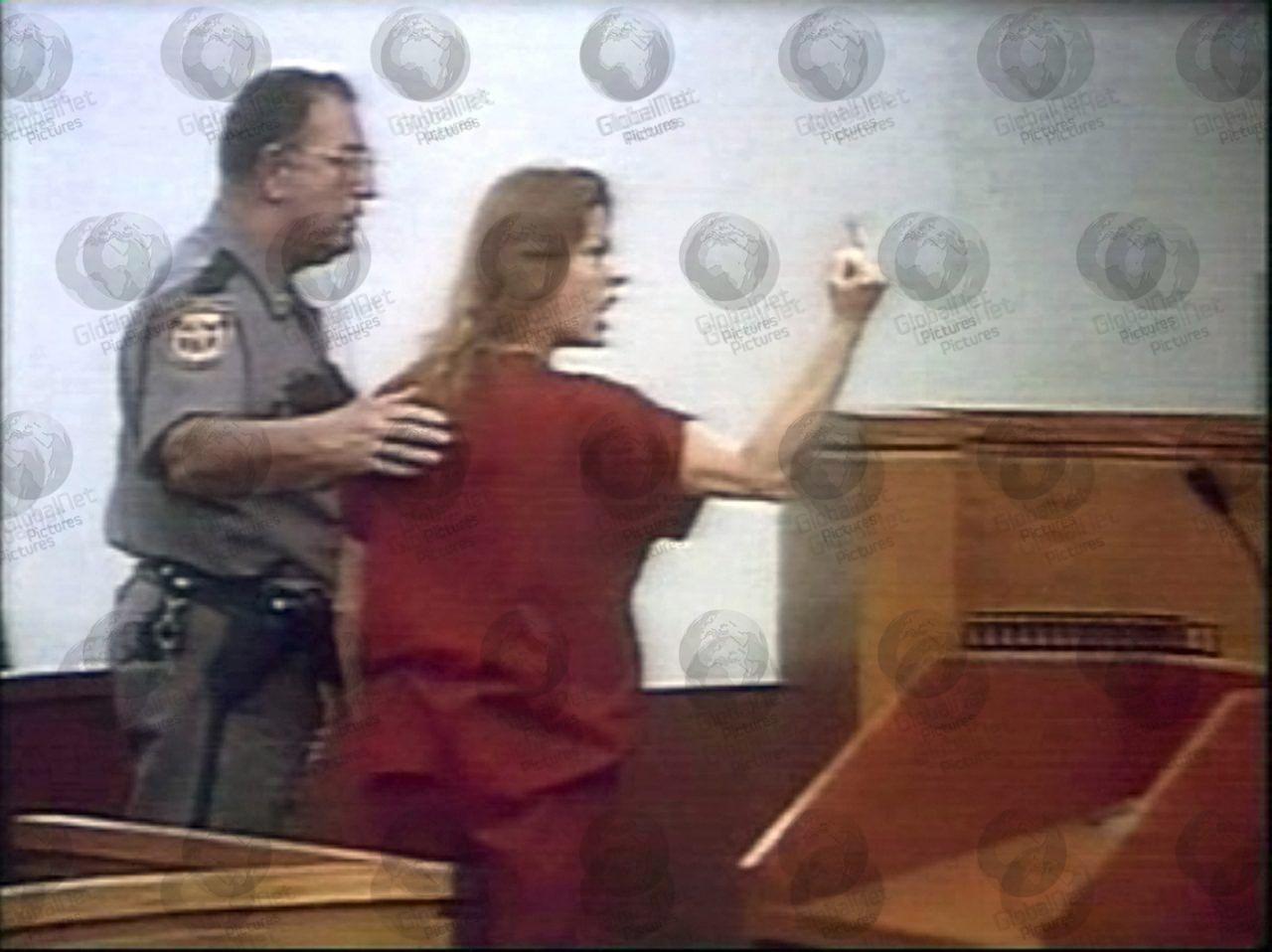
Aileen Carol Wuornos Pralle, born Aileen Carol Pittman on February 29, 1956, lived until October 9, 2002 when she was executed by lethal injection.
Known as Aileen Wuornos, she was an American serial killer who murdered seven men in Florida between 1989 and 1990 by shooting them at point-blank range.
Wuornos claimed that her victims had either raped or attempted to rape her while she was working as a prostitute, and that all of the homicides were committed in self-defence. She was convicted and sentenced to death for six of the murders.
Hollywood actress Charlize Theron portrayed Wuornos in the 2003 film Monster.
It chronicled Wuornos’ story from childhood until her first murder conviction. The film earned Theron an Oscar for Best Actress.
The Victims
The seven men were murdered within the space of twelve months.
Richard Mallory, age 51, was killed on November 30, 1989. He was an electronics store owner in Clearwater, Florida. Wuornos’ first victim was a convicted rapist whom she claimed to have killed in self-defence. Two days later, a Volusia County deputy sheriff found Mallory’s abandoned vehicle. On December 13, his body was found several miles away in a wooded area; he had been shot several times, two bullets to the left lung were found to have been the cause of death. It was on this murder that Wuornos was initially condemned.
David Spears, age 43, a construction worker in Winter Garden. On June 1, 1990, his naked body was found along Florida State Road 19 in Citrus County. He had been shot six times.
Charles Carskaddon, age 40, died on May 31, 1990. He was a part-time rodeo worker. On June 6, 1990, his body was found in Pasco County. He had been shot nine times with a small-caliber weapon.
Peter Siems, age 65, was a retired merchant seaman who devoted much of his time to a Christian outreach ministry. In June 1990, Siems left Jupiter, Florida, for Arkansas. On July 4, 1990, his car was found in Orange Springs, Florida. Moore and Wuornos were seen abandoning the car, and Wuornos’ palm print was found on the interior door handle. His body was never found.
Troy Burress, age 50, a sausage salesman from Ocala. On July 31, 1990, he was reported missing. On August 4, 1990, his body was found in a wooded area along State Road 19 in Marion County. He had been shot twice.
Charles “Dick” Humphreys, age 56, who was killed on September 11, 1990. He was a retired U.S Air Force Major, former State Child Abuse Investigator, and former Chief of Police. On September 12, 1990, his body was found in Marion County. He was fully clothed and had been shot six times in the head and torso. His car was found in Suwannee County.
Walter Jeno Antonio, age 62, a trucker, security guard, and police reservist. On November 19, 1990, Antonio’s nearly naked body was found near a remote logging road in Dixie County. He had been shot four times. Five days later, his car was found in Brevard County, Florida.
Her early crimes
On May 27, 1974, at age 18, Wuornos was arrested in Jefferson County, Colorado for driving under the influence (DUI), disorderly conduct and firing a .22-caliber pistol from a moving vehicle. She was later charged with failure to appear.
In 1976, Wuornos hitchhiked to Florida, where she met 69-year-old yacht club President Lewis Gratz Fell. They married quickly, and the announcement of their nuptials was printed in the local newspaper’s society pages. However, Wuornos continually involved herself in confrontations at their local bar and went to jail briefly for assault.. She also hit Fell with his own cane, leading him to gain a restraining order against her within weeks of the marriage. She returned to Michigan where, on July 14, 1976, she was arrested in Antrim County and charged with assault and disturbing the peace for throwing a cue ball at a bartender’s head. On July 17, her brother Keith died of esophageal cancer and Wuornos received $10,000 from his life insurance.
Wuornos and Fell annulled their marriage on July 21 after only nine weeks. In August 1976, Wuornos was given a $105 fine for drunk driving. She used the money inherited from her brother to pay the fine and spent the rest within two months buying luxuries including a new car, which she wrecked shortly afterwards.
On May 20, 1981, Wuornos was arrested in Edgewater, Florida, for the armed robbery of a convenience store, where she stole $35 and two packs of cigarettes. She was sentenced to prison on May 4, 1982, and released on June 30, 1983. On May 1, 1984, Wuornos was arrested for attempting to pass forged checks at a bank in Key West. On November 30, 1985, she was named as a suspect in the theft of a revolver and ammunition in Pasco County. On January 4, 1986, Wuornos was arrested in Miami and charged with car theft, resisting arrest, and obstruction of justice for providing identification bearing her aunt’s name.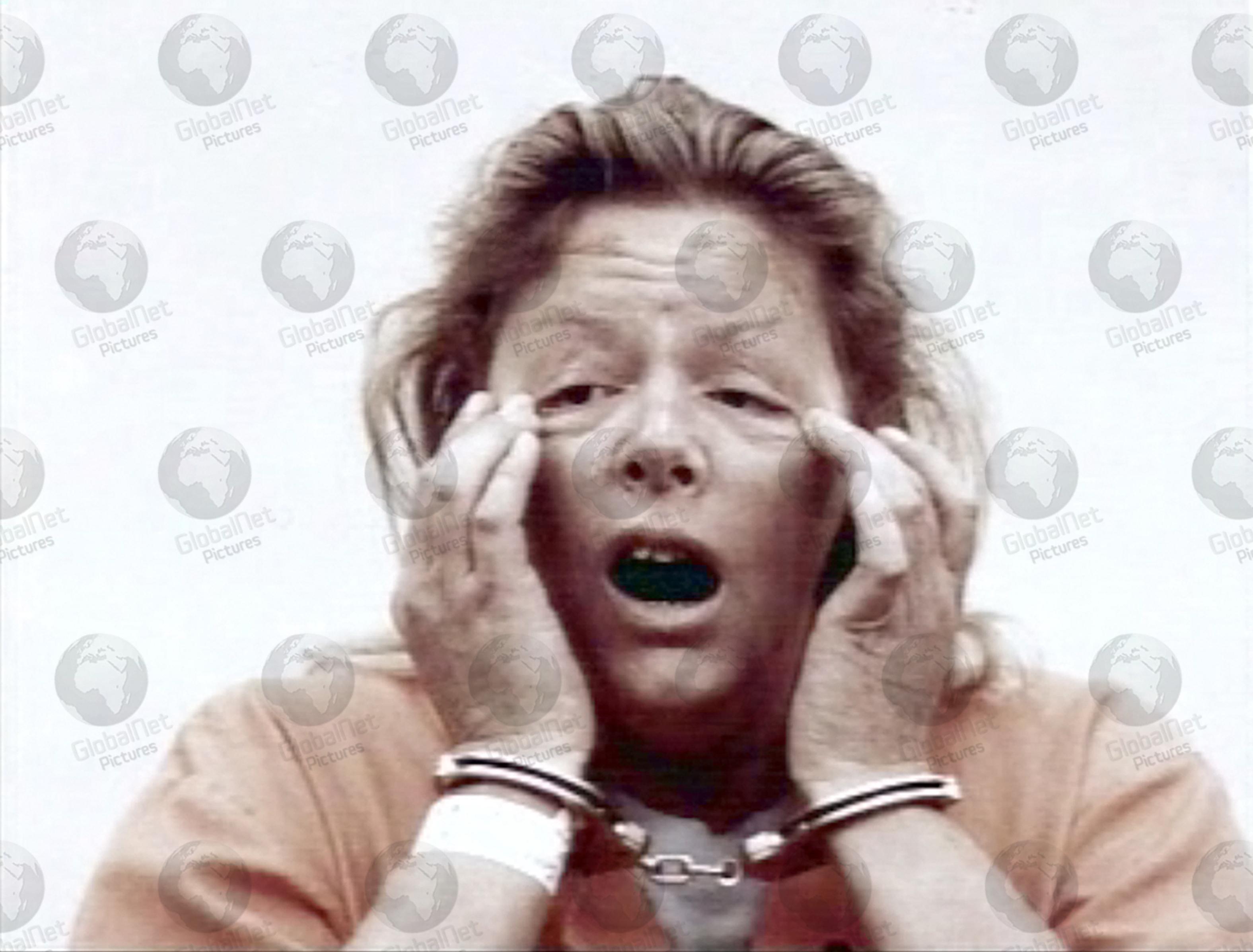
Miami police officers found a -38-caliber revolver and a box of ammunition in the stolen car.
On June 2, 1986, Volusia County deputy sheriffs detained Wuornos for questioning after a male companion accused her of pulling a gun in his car and demanding $200. Wuornos was found to be carrying spare ammunition, and police discovered a .22 pistol under the passenger seat she had occupied.
Around this time, Wuornos met Tyria Moore, a hotel maid, at a Daytona Beach gay bar They moved in together, and Wuornos supported them with her earnings as a prostitute. On July 4, 1987, Daytona Beach police detained Wuornos and Moore at a bar for questioning regarding an incident in which they were accused of assault and battery with a beer bottle. On March 12, 1988, Wuornos accused a Daytona Beach bus driver of assault. She claimed that he pushed her off the bus following a confrontation. Moore was listed as a witness to the incident. Up until her execution, Wuornos claimed to still be in love with Moore.
Capture and execution
On July 4, 1990, Wuornos and Moore abandoned Peter Siems’ car after they were involved in an accident. Witnesses who had seen the women driving the victims’ cars provided police with their names and descriptions, resulting in a media campaign to locate them. Police also found some of the victims’ belongings in pawn shops and retrieved fingerprints matching those found in the victims’ cars. Wuornos had a criminal record in Florida, and her fingerprints were on file.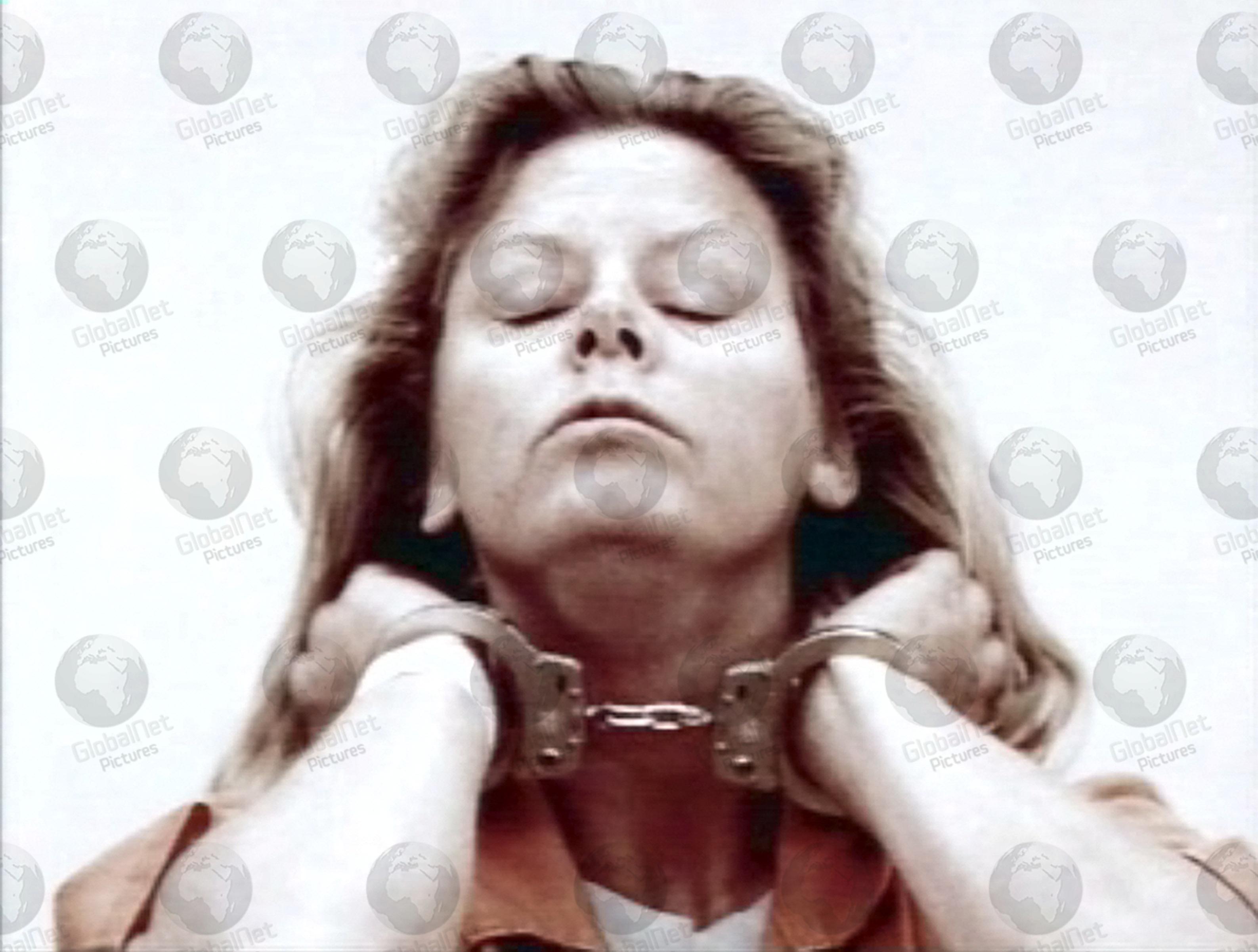
On January 9, 1991, Wuornos was arrested on an outstanding warrant at The Last Resort, a biker bar in Volusia County. Police located Moore the next day in Scranton, Pennsylvania.
She agreed to elicit a confession from Wuornos in exchange for immunity from prosecution. Moore returned with the police to Florida, where she was put up in a motel. Under police guidance, she made numerous telephone calls to Wuornos, pleading for help in clearing her name. Three days later, on January 16, 1991, Wuornos confessed to the murders. She claimed the men had tried to rape her and she killed them in self-defence.
A year later, on January 14, 1992, Wuornos went to trial for the murder of Mallory; although previous convictions are normally inadmissible in criminal trials, under Florida’s Williams Rule the prosecution was allowed to introduce evidence related to her other crimes to show a pattern of illegal activity. On January 27, 1992, Wuornos was convicted of Mallory’s murder with help from Moore’s testimony. At her sentencing, psychiatrists for the defense testified that Wuornos was mentally unstable and had been diagnosed with borderline personality disorder and antisocial personality disorder. Four days later, she was sentenced to death.
On March 31, 1992, Wuornos pleaded no contest to the murders of Humphreys, Burress, and Spears, saying she wanted to “get right with God”. In her statement to the court, she said, in part: “I wanted to confess to you that Richard Mallory did violently rape me as I’ve told you; but these others did not. [They] only began to start to.” On May 15, 1992, Wuornos was given three more death sentences.
In June 1992, Wuornos pleaded guilty to the murder of Carskaddon; in November 1992, she received her fifth death sentence. The defense made efforts during the trial to introduce evidence that Mallory had been tried for intent to commit rape in Maryland and that he had been committed to a maximum security correctional facility that provided remediation to sexual offenders. Records obtained from that institution reflected that, from 1958 to 1962, Mallory was committed for treatment and observation resulting from a criminal charge of assault with intent to rape and received an over-all eight years of treatment from the facility. In 1961, “it was observed of Mr. Mallory that he possessed strong sociopathic trends”. The judge refused to allow this to be admitted in court as evidence and denied Wuornos’ request for a retrial. In February 1993, Wuornos pleaded guilty to the murder of Antonio and was sentenced to death again. No charges were brought against her for the murder of Siems, as his body was never found. In all, she received six death sentences.[1]
Wuornos told several inconsistent stories about the killings. She claimed initially that all seven men had raped her while she was working as a prostitute but later recanted the claim of self-defence, citing robbery and a desire to leave no witnesses as the reason for murder. During an interview with filmmaker Nick Broomfield, when she thought the cameras were off, she told him that it was, in fact, self-defence, but she could not stand being on death row—where she had been for ten years at that point—and wanted to die.
Assessed using the Pschopathy Checklist, Wuornos scored 32/40. The checklist evaluates individuals on a 20-item list of antisocial and interpersonal behaviours, with each item being scored at zero, 1 or 2 and thus a maximum score of 40. Depending on location and research perspective, scores above 25 or 30 are consistent with a diagnosis of psychopathy.
Judgement day
Wuornos was incarcerated at the Florida Department of Corrections Broward Correctional Institution (BCI) death row for women, then transferred to the Florida State Prison for execution. Her appeal to the U.S. Supreme Court was denied in 1996. In a 2001 petition to the Florida Supreme Court she stated her intention to dismiss her legal counsel and terminate all pending appeals. “I killed those men,” she wrote, “robbed them as cold as ice. And I’d do it again, too. There’s no chance in keeping me alive or anything, because I’d kill again. I have hate crawling through my system…I am so sick of hearing this ‘she’s crazy’ stuff. I’ve been evaluated so many times. I’m competent, sane, and I’m trying to tell the truth. I’m one who seriously hates human life and would kill again.” While her attorneys argued that she was not mentally competent to make such a request, Wuornos insisted that she knew what she was doing, and a court-appointed panel of psychiatrists agreed.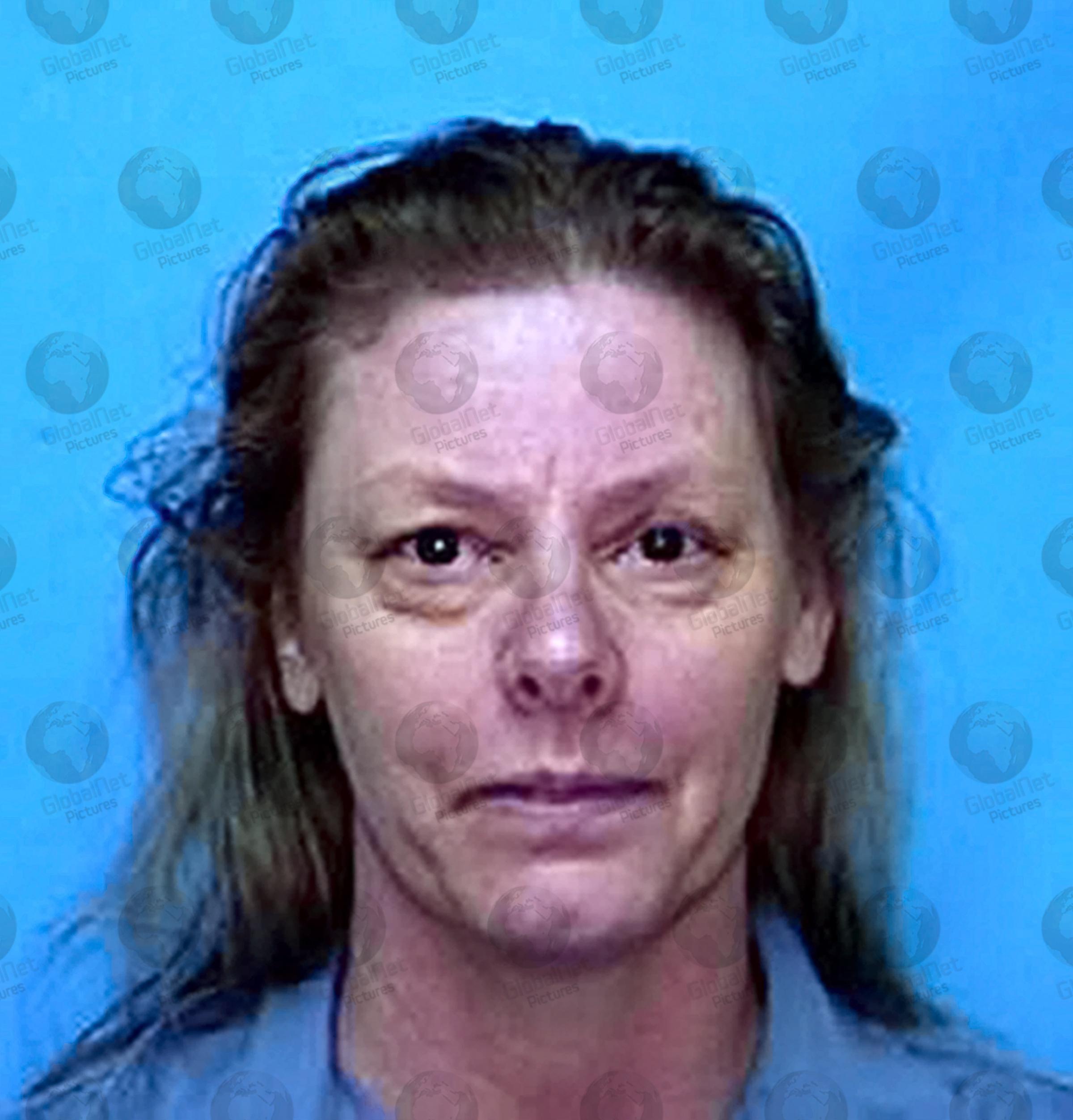
In 2002, Wuornos began accusing prison matrons of tainting her food with dirt, saliva, and urine. She said she had overheard conversations among prison personnel “trying to get me so pushed over the brink by them I’d wind up committing suicide before the execution” and “wishing to rape me before execution”. She also complained of strip searches, tight handcuffing, door kicking, frequent window checks, low water pressure, mildew on her mattress, and “cat calling … in distaste and a pure hatred towards me”. Wuornos threatened to boycott showers and food trays when certain officers were on duty. “In the meantime, my stomach’s growling away and I’m taking showers through the sink of my cell.” Her attorney stated that “Ms. Wuornos really just wants to have proper treatment, humane treatment until the day she’s executed.” He added, “She believes what she’s written.”
In the weeks before her execution, Wuornos gave a series of interviews to Broomfield. She depicts, “being taken away to meet God and Jesus and the angels and whatever is beyond the beyond”. In her final interview, she once again charged that her mind was “tortured” at BCI, and her head crushed by “sonic pressure”. Food poisonings and other abuses worsened, she said, each time she complained, with the goal of making her appear insane, or to drive her insane. She also turned on her interviewer: “You sabotaged my ass! Society, and the cops, and the system! A raped woman got executed, and was used for books and movies and shit!” Her final on-camera words were “Thanks a lot, society, for railroading my ass.” Dawn Botkins, a childhood friend of Wuornos, later told Broomfield that her verbal abuse was directed at society and the media in general, not at him specifically.
Wuornos’s execution took place on October 9, 2002. She died at 9:47 a.m. EDT. She declined her last meal which could have been anything under $20 and opted for a cup of coffee instead. Her last words were, “Yes, I would just like to say I’m sailing with the rock, and I’ll be back, like Independence Day, with Jesus. June 6, like the movie. Big mother ship and all, I’ll be back, I’ll be back.” She was the tenth woman in the United States and the second in Florida to be executed since the 1976 United States Supreme Court decision restoring capital punishment.
Cremation and after death
Wuornos’s body was cremated and her ashes were spread beneath a tree in her native Michigan by Botkins. Wuornos requested that Natalie Merchant’s song “Carnival” be played at her funeral. Merchant commented on this when asked why she permitted “Carnival” to be played during the credits of the documentary Aileen: Life and Death of a Serial Killer:
Merchant said: “When director Nick Broomfield sent a working edit of the film, I was so disturbed by the subject matter that I couldn’t even watch it. Aileen Wuornos led a tortured, torturing life that is beyond my worst nightmares. It wasn’t until I was told that Aileen spent many hours listening to my album Tigerlily while on death row and requested ‘Carnival’ be played at her funeral that I gave permission for the use of the song. It’s very odd to think of the places my music can go once it leaves my hands. If it gave her some solace, I have to be grateful”
Broomfield discussed Wuornos’ posible motive and state of mind and said:
“I think this anger developed inside her. And she was working as a prostitute. I think she had a lot of awful encounters on the roads. And I think this anger just spilled out from inside her. And finally exploded. Into incredible violence. That was her way of surviving. I think Aileen really believed that she had killed in self-defence. I think someone who’s deeply psychotic can’t really tell the difference between something that is life threatening and something that is a minor disagreement, that you could say something that she didn’t agree with. She would get into a screaming black temper about it. And I think that’s what had caused these things to happen. And at the same time, when she wasn’t in those extreme moods, there was an incredible humanity to her.”

